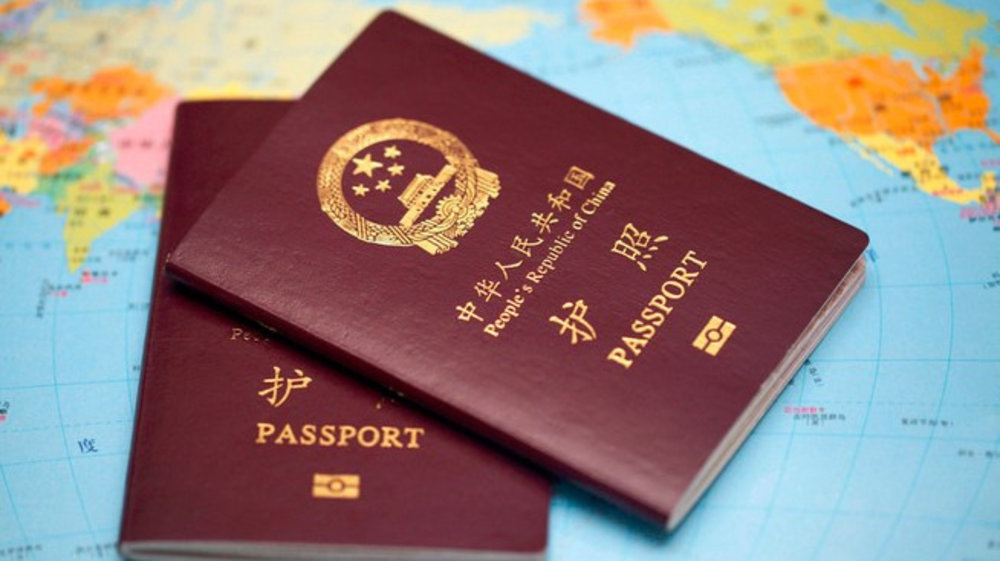Illegal wildlife trade is just one of the threats plaguing the lions and their cubs.
Just six months has passed since the killing and mutilation of six lions in the Ishasha sector of Uganda’s Queen Elizabeth National Park (QENP).
If you were to visit the park, you would see these so-called Ishasha lions lazing around in the myriad branches of towering fig trees. This group is one of only two populations of lions known to climb trees, making the majestic beasts fascinating subjects for study and a popular tourist attraction. Sadly, however, these lions face numerous threats, including habitat loss, snaring, human-wildlife conflict, illegal wildlife trade and the trafficking of lion body parts.
Because of these threats, the Ishasha lion population includes just 69 individuals; with increasing threats to these endearing fauna, tourism revenues — which make up close to 8% of Uganda’s gross domestic product (at least before the COVID-19 pandemic) — are also threatened. To provide the protections, the global Red List of threatened species maintained by the International Union for the Conservation of Nature (IUCN) has labeled this population as “vulnerable” to extinction; Uganda’s national list places them in the “critically endangered” category.
The lshasha lions recently graced the country with several cubs that now require our collective effort to protect so they may grow into adults. Luckily for the cubs, six other males — including Sultan and Sula (the fathers of the cubs), Jacob (a snare survivor), and three adolescent brothers — are ready to protect and groom them, according to Bazil Alidria, the Wildlife Conservation Society (WCS) Carnivore Officer who monitors the lion pride regularly.
Unfortunately, knowledge about lion population dynamics and threats in Uganda remains limited. In 2005 and 2008, the Wildlife Conservation Society (WCS) conducted monitoring efforts for lions in the Queen Elizabeth park and Uganda’s Murchison Falls National Park (MFNP), respectively, using Global Positioning System (GPS)-enabled collars.
This work was built upon research previously conducted by Uganda Wildlife Authority (UWA) Veterinary Doctor Margaret Driciru (2001) and Ludwig Siefert of the Uganda Carnivore Program. While monitoring the lions, WCS also removed snares from the parks that threaten this iconic species and worked to reduce human-lion conflict by building carnivore-proof pens to prevent lions from attacking livestock and inviting retaliatory killings by angry herders.
In 2010, a survey of three national parks engaged in lion conservation — Queen Elizabeth NP, Murchison Falls NP and Kidepo Valley NP — conducted by WCS reported the estimated lion population there to be 408 individuals.
Although it has been 10 years since the last census, lion sightings during monitoring work by WCS, the Uganda Carnivore Program (UCP) and UWA in the Queen Elizabeth park, suggest that the lion population trend is relatively stable, according to Simon Nampindo, WCS Uganda country director. A 2021 study commissioned by WCS indicated that the greatest threat to lions today is human-induced mortality, including retaliation for the killing of livestock, exacerbated by Ugandan beliefs that parts of these lions have medicinal value and customary beliefs that lion body parts should be kept in homes and shops as a source of power and wealth.
Nampindo notes that the 2021 study on the triggers and motivations for lion killings in QENP revealed an increased demand for lion body parts by community members, traditional healers, business people, religious leaders, poachers and cattle keepers in Uganda, requiring a more comprehensive approach to stop this crime.
The lions also face a multifaceted challenge for survival driven by climate change. The loss of suitable habitat for both prey and predators attributed to climate change and variability favoring the growth and spread of invasive species in most of Uganda’s national parks, have triggered lions and elephants to move outside the parks into the communities. This exodus has resulted in livestock predation and crop damage, hence escalating the human-wildlife conflict around these protected areas.
WCS has called upon private sector companies, local governments, conservation organizations, individuals and development partners to join hands to address these threats before our natural heritage is lost.
Despite the numerous challenges, we take heart in the resilience of the lshasha lions. WCS has long-term commitments to its strongholds and landscapes and uses science to inform conservation and build solid partnerships and collaborations while inspiring people to love nature.
Together with Uganda Wildlife Authority, the private sector and other devoted conservation organizations, we will continue to monitor lion populations and remove wire snares and traps to save the lion populations and ensure that the tourism sector thrives.
Op-Ed by Louissa Kiggwe
About Guide2Uganda
Guide2Uganda (www.guide2uganda.ug) is the most comprehensive source of travel information about Uganda that exists on the web, with more content on its cities & towns, accommodation, attractions, events, museums and galleries than any other online guide that currently exists for Uganda; as well as being a dynamic travel news and events driven site with fresh content added daily.
According to WeFollow & Peer Index (that measure online influence), we are among the most influential online media organizations in Uganda. Guide2Uganda was also awarded ‘’Best Destination Website in Uganda’’ by Jumia Travel Uganda in the 2018 Africa Travel Awards.
Share your travel stories & photos with the world via email: info@guide2uganda.ug




